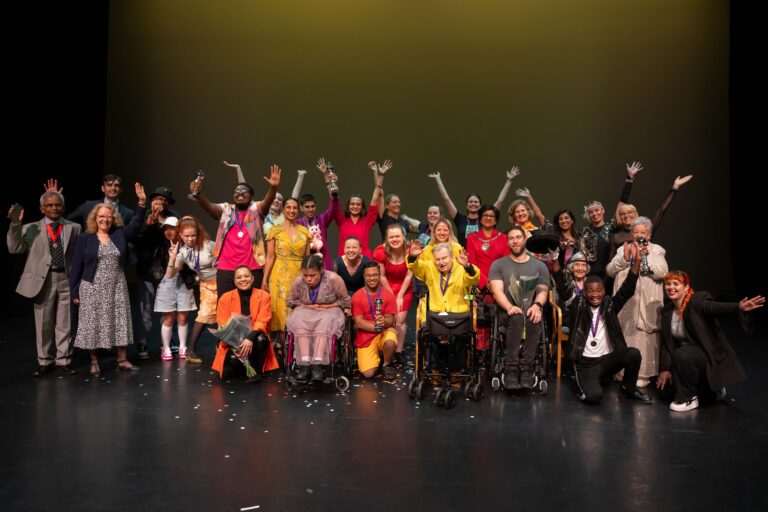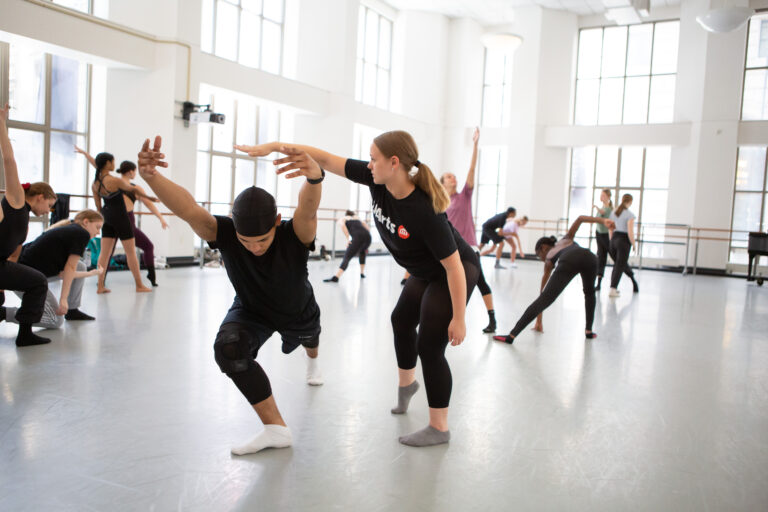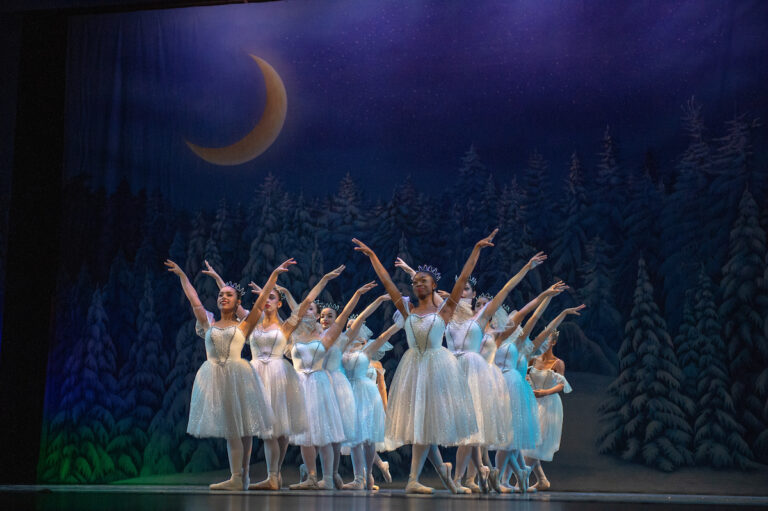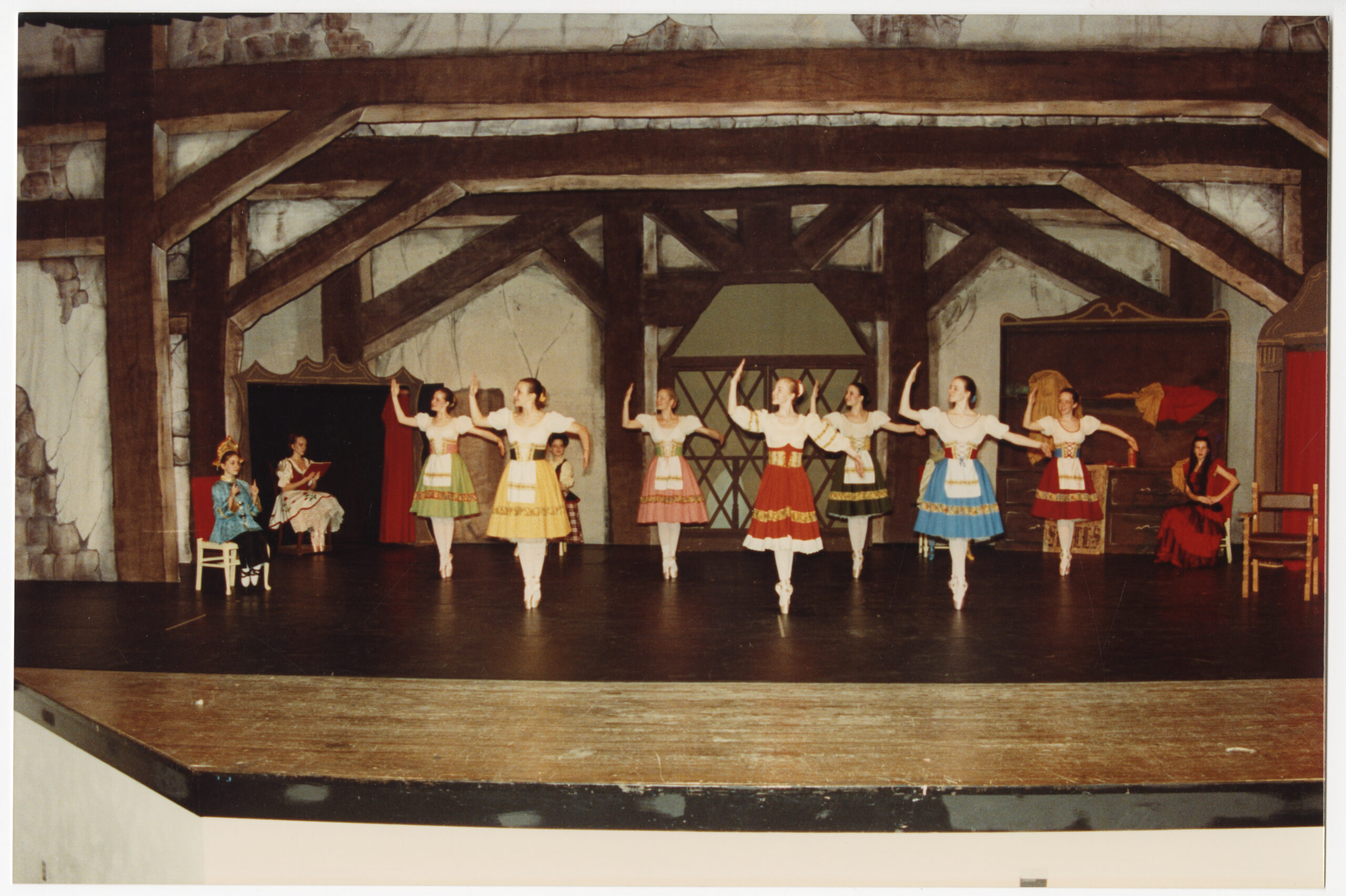
At Bristol Ballet—situated in the Appalachian Mountains surrounding Bristol, Virginia—incorporating the region’s history is a top priority. Founded by Constance Hardinge in 1948, Bristol Ballet is the oldest studio in the rural Tri-Cities area that provides quality ballet training to students in the Appalachian region.
During her time as artistic director, Hardinge started the first performing company in the area, hosted satellite schools in counties surrounding Bristol, and created ballets that celebrated the community’s culture. She remained involved with Bristol Ballet up until her passing in 1992.
Today, through a partnership with East Tennessee State University, archival photographs of Hardinge and students, performance programs, and costumes dating back to the 1940s are on display as part of a curated exhibit at the university’s Reece Museum.
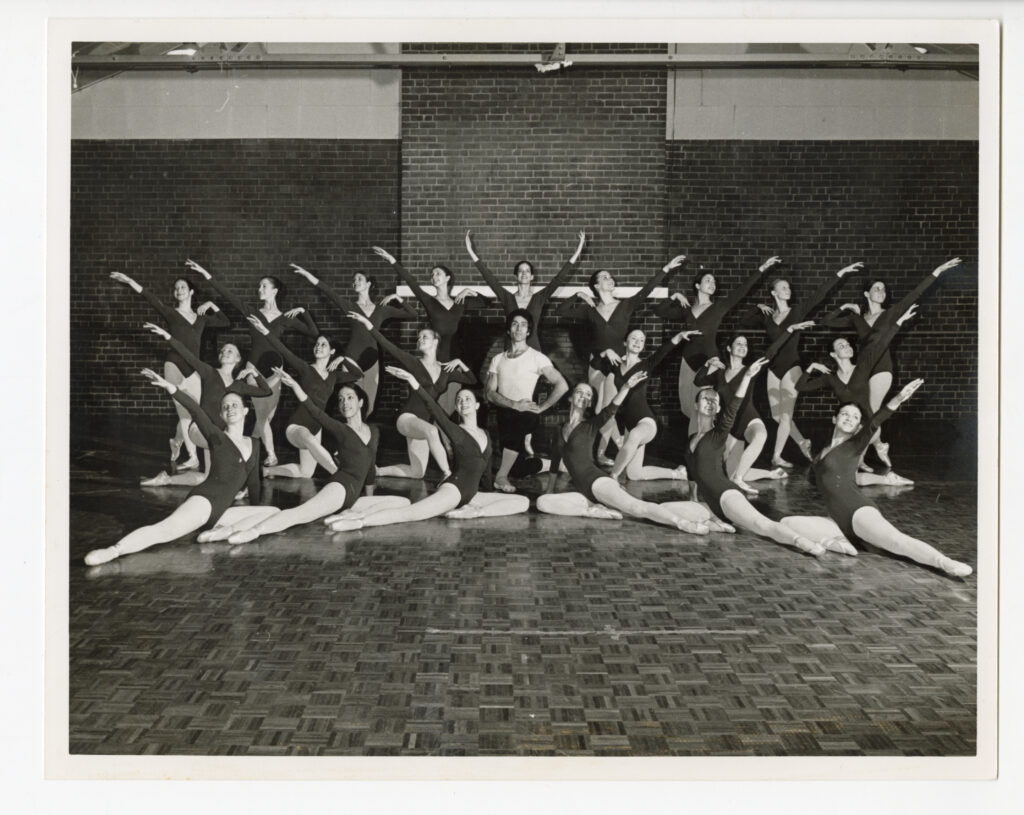
Bristol Ballet is currently run by two co-artistic directors: Moira Frazier Ostrander, artistic and school of ballet director, and Amanda Hairston, artistic and development director.
Frazier Ostrander manages the studio’s curriculum and produces the spring ballet production while Hairston focuses on fundraising, community involvement and outreach, and producing the school’s annual Nutcracker.
Both Frazier Ostrander and Hairston have had long histories with Bristol Ballet. Hairston trained there until age 15 before performing professionally with Richmond Ballet and graduating from Virginia Commonwealth University. Frazier Ostrander danced with Bristol Ballet in her teenage years before earning academic degrees from Butler University and Yale, and finally returning to her alma mater.
Dance Teacher caught up with Frazier Ostrander and Hairston to learn more about the importance of Bristol Ballet’s history and their advice for successfully running a longstanding institution.
How do you incorporate Appalachian culture and history in your performances?
Frazier Ostrander: Our anniversary show was all Appalachian-themed ballets. We revived Mountain Ballad, which was a 1960s-era ballet that was to music that had some Appalachian themes about life in the mountains. We also did a couple of excerpts from Unbroken Circle, a ballet choreographed by Michele Plescia (our artistic director emeritus) set to modern recordings of songs from the 1927 Bristol Recording Sessions, and some new pieces—one to a Dolly Parton song [My Tennessee Mountain Home].
Flat footing and square dancing are both Appalachian dance traditions and they’re so much fun. We’ve really tried to incorporate that into our more Appalachian-themed ballets. It’s a lot of fun to connect with our culture and connect it to the fine arts with ballet.
Hairston: Constance started incorporating the area’s history pretty early on. It’s just continued on through artistic directors since. Our director emeritus, Michele Plescia, made it so that in The Nutcracker there’s Mother Maybelle Carter [as Mother Ginger], and the Polichinelles are the Carter sisters, and they play little banjos and fiddles. June Carter married Johnny Cash—there’s a place called the Carter Fold near us.
What advice do you have for other dance studios that are located in rural areas and want to attract more students?
Frazier Ostrander: Go to the source of where children are all the time. The thing that we found to be most successful was advertising in the schools and sending out literally just paper flyers. They get us so many students. We also make a real effort to do outreach to the schools, as well. We do a free school showing of The Nutcracker at Paramount Theater, so kids can see the magic of The Nutcracker. We also do a school show tour in the spring where we take an excerpt of whatever we’re doing to local schools. Getting that outreach means the kids can see firsthand what it means to be a ballet dancer. That alone gets us a lot of interest and a lot of students. Everywhere I go, everything I do, I’m promoting the fine arts and the importance of fine arts in our region. Word of mouth is really important in rural communities.
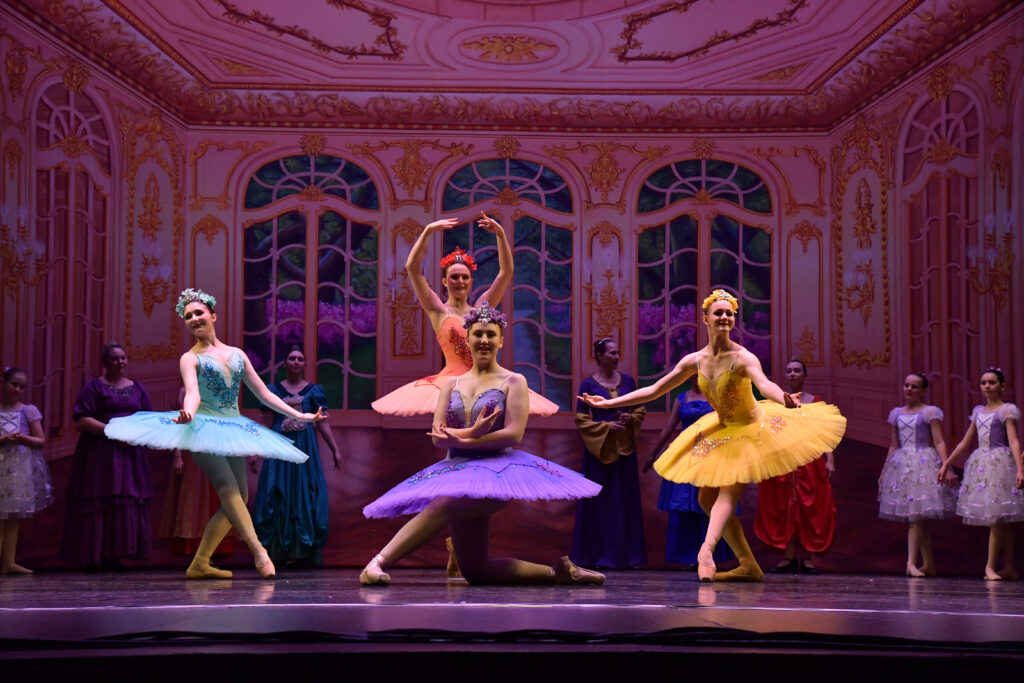
What’s your vision for the future of Bristol Ballet?
Hairston: We’re going to grow into our current building space. We want to have at least four studio spaces in this building. We also have future plans of doing a little black-box theater so that we can have more offerings in regards to performance opportunities for our kids and company members. And we want to put out more of a variety of choreography and dance styles into the community.
Frazier Ostrander: And really making sure that ballet and the fine arts truly is for everybody. That’s my guiding principle in moving forward. Bristol Ballet has been such an important part of the arts community in this region for over 75 years, and I would love to see [it continue for] 75 more and beyond.

